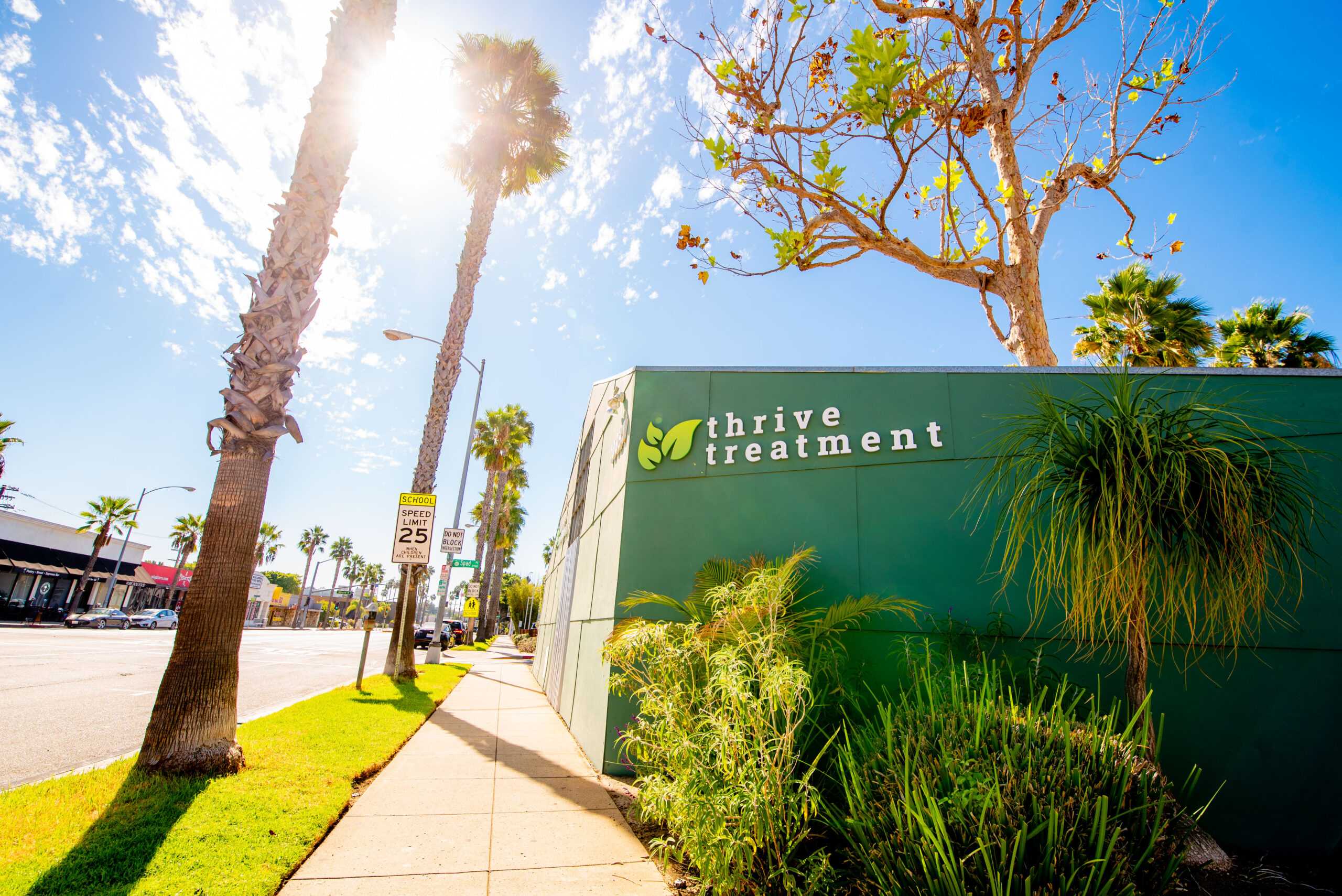If you are thinking about Wilderness Treatment in California for your loved one suffering from addiction, mental or behavioral health disorders, then you are certainly on the right track. Adventure Therapy is one of the most effective forms of therapy for young adults and adolescents. Compared to traditional Residential Treatments and office-based therapies, wilderness and adventure programs allows patients the ability to exercise real learning in safe environments to push through anxiety, stress, and excitement. These are valuable skills that can be developed rapidly in an outdoor setting and translate to actionable skills when back in urban or front-country environments.
Wilderness treatment is highly effective for disorders such as; alcoholism, drug addiction, depression, borderline personality disorder, attachment disorder, spectrum disorders, bi-polar, technology addiction, and oppositional defiance disorder. A common misconception is that wilderness is a place to send “bad kids” for punishment. Most treatment is designed to treat maladaptive behavior responses that often result from core wounding or trauma responses. When removing a young person from a familiar environment that includes constant over stimulation from cell phones, media pressures, school and social pressures there becomes the ability to leverage the inherent neuroplasticity of a younger brain and can lead to a more effective intervention on disruptive behaviors.
A study in 2004 from Outdoor Behavioral Health Research Council (OBHRC) shows a 50% reduction in symptoms using the Youth Outcome Questionnaire (YOQ). It also showed a continued decrease in symptoms over time.
With Wilderness Treatment being so effective, it leads us to wonder why there isn’t a Wilderness Treatment program in our home state. The answer is because some states like California have laws that make it very difficult and expensive to run an active Wilderness Treatment Program. Due to large populations, California’s departments Land Management tightly control access to California’s open spaces. California’s laws do not protect large private landholders enough to make them comfortable with lending their land to outside use. California’s rich mineral content and agriculture make most of the earth more valuable to industries such as mining and logging. The value of land in California prices out the outdoor behavioral health industry which traditionally operates as a labor of love.
California’s Behavioral Health industry has grown in response to increasing rates of drug addiction and mental health disorders nationwide. It has long been a haven for the treatment of mental health disorders because it is socially acceptable to be open about recovery. So, it is easy to see why programs would take modalities that work so well in the wilderness and apply it to urban treatment. Programs like Thrive Treatment℠ in Santa Monica, Ca utilize experiential therapies to get their clients “off the couch” and practicing coping and recovery skills outside of their treatment office. “Although our program is not a replacement for Wilderness Treatment in california ,” says Clayton Ketchum, CEO of Thrive Treatment℠, “Using experiential therapies in young adults significantly improves the transition from the backcountry to an urban environment where most young people desire to live and grow their lives.” Utilizing local recreation areas like the Santa Monica Mountains for day outings and the Sierra Nevada Mountains for weekend adventures, “Creates lasting bonds between our clients, because completing a small journey together introduces them to the camaraderie necessary to embark on a life long journey of recovery.” Thrive Treatment℠ urges those considering treatment to call their Admissions Counselors for a thorough assessment and to learn about the different types of Wilderness Therapy programs.
When it comes to choosing a Wilderness Treatment Program, it is essential to have a thorough assessment to identify the best fit. It may be difficult to find Wilderness Treatment in California. Several wilderness programs operate in Utah, Colorado, Oregon, and Montana. The two main types of programs are known commonly as the Base model and Nomad model. Different Wilderness programs best serve different populations so it is important that a student be paired with the program which best suits their needs. The other thing to consider is insurance coverage and cost which takes a thorough financial evaluation. Wilderness typically runs $15,000 to $38,000 per month and varies on what insurance covers or reimburses. Chris Kirby, the Admissions Director at Thrive Treatment℠, says, “Not all insurance is created equal, I have seen insurance cover 90% of a program or only reimburse 10%, the first step is getting a full Verification of Benefits to determine what coverage would be.”
Nomad model is a type of wilderness which is full wilderness immersion. The students begin at a base camp and don’t return until they are finished. They are in the wilderness the entire time trekking from camp to camp and doing group and individual therapy sessions in the woods. They utilize highly skilled field guides to facilitate interventions in the field.
Base model wilderness, also knowing as an adventure model utilizes the wilderness for multiple day excursions and incorporates different activities into each journey. Students return to base where they engage in medical and clinical visits, de-brief and planning for their next outing. They also utilize skilled field guides and therapists in the field to process the experience.
Wilderness Therapy is described by professionals, families and clients alike as one of the most effective and significant interventions for people struggling with mental and behavioral health issues. The other significant factor in the success of someone doing a wilderness program is continuing care. Any initial treatment experience is only the first intervention. For lasting success and decreased recidivism, it is recommended that a young person is in one year of follow up care. Best outcomes come from a highly structured sober living or young addult transitional program. It is crucial that students learn to use their wilderness skills in everyday life and habituate their new coping skills, especially when combating the internal dialogue and behavior patterns which typically lead to relapse.
Citation:
Russell, K.C.(2005). Two years later: A qualitative assessment of youth-well-being and the role of aftercare in outdoor behavioral healthcare treatment. Child and Youth Care Forum, 34, 3, 209-239.







